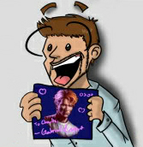Characters vastly improved by sequels
Love at second (or third or fourth) glance
Wario in Wario Land: Super Mario Land 3
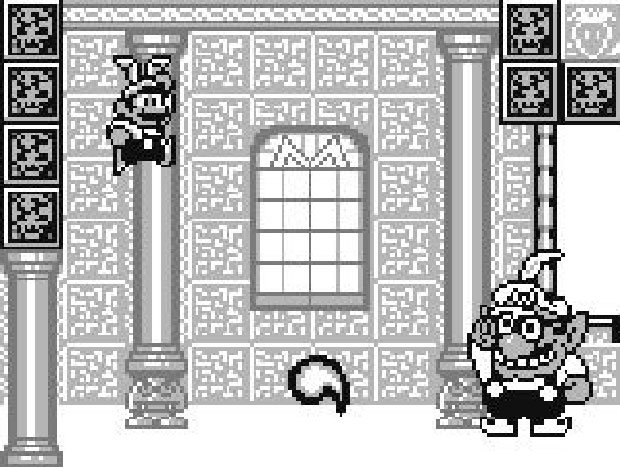
BEFORE
Wario started as a new archenemy for Mario, since Bowser can’t be the bad guy in every game. In Super Mario Land 2, our hero comes home to his castle to see that the greedy Mr. W has taken it over along with the nearby population. Though cast as the plumber’s dark, twisted mirror image, when we finally see Wario, he looks less like a menacing villain and more like a chunky, half-baked Mario clone that’s missing a few chromosomes. He’s quickly dispatched, seemingly forever, but Nintendo knew it had something special.
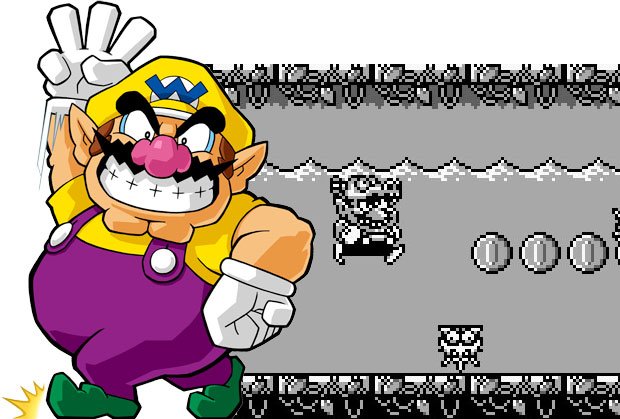
AFTER
After making a couple more appearances as lead villain, Wario successfully usurped Mario’s series for good, as Super Mario Land 3 became Wario Land. Wario was Nintendo’s first true anti-hero, as his undying gluttony put him in conflict with new baddies competing with him to snatch treasure. The game had a more joking nature, allowing the developers to poke fun at the tired Mario formula with silly power-ups (such as fire-breathing dragon hats) and comical enemies, while maintaining Nintendo’s traditional high-quality of design.
From there Wario was unstoppable, starring in a stream of Wario Land sequels including 2008’s Wario Land: Shake It!, all of which kept the same faintly mean and rude sense of humor that the first game had. Meanwhile, Wario has been a staple of the Mario Sports and Party games, and started his own immensely popular and incredibly oddball minigame compilations branded WarioWare. Whenever Nintendo needs an outlet for their eviler impulses, it knows exactly who to look to.
Ken Masters in Street Fighter II: Champion Edition, etc.
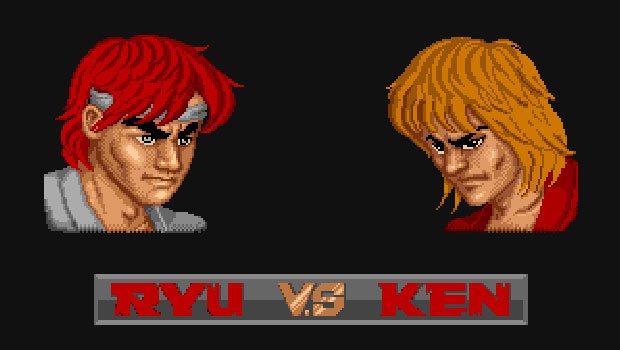
BEFORE
In the first Street Fighter, poor old Ken wasn’t even an official participant. Simply trotted out to challenge Ryu in two-player matches, he was naught but a palette-swap sprite, that lowliest of fighting game clichés, existing only to provide a balanced (i.e. identical) opponent. Player two had to defeat player one using him if he was to earn the right to even compete in the tournament, meaning that the brash, blonde badass was forever in Ryu’s shadow. In Street Fighter II, he became a character in his own right, but all that time in second-place meant that he had developed no style or individual moves of his own, bar a longer, rolling throw. He was still basically just the less cool Ryu you picked only if you really had to.
Weekly digests, tales from the communities you love, and more

AFTER
Ken’s development into his own man was a gradual one, but well worth the time it took. Over the duration of several games his confidence against Ryu grew (he eventually beat his training partner in SFII and rewarded himself with marriage), first manifesting itself with a wider arcing Dragon Punch and a slightly better Hurricane Kick in SFII: Champion Edition.
Later, as Ken’s ballsy, in-your-face personality came out further in Super Street Fighter II, his Dragon Punch became unquestionably better than Ryu’s, hitting from much greater range, scoring three hits and bursting his opponent into flames. Truly, the boy was his own man now, and he wasn’t dicking around. He even started to sound different from Ryu, with faster, more hyperactive battle cries. By Super Street Fighter II Turbo, he had moves Ryu didn’t even possess, namely a bunch of nifty, showboating command kicks, which suited his character down to the ground.
Ken is a perfect example of the way Capcom designs its character’s abilities around their personalities, and his evolution has been one of the most natural and rewarding to watch.
Apr 22, 2011


The more we learn, the more we desperately want to forget

Robots, cowboys and witches - oh my! Introducing our favorite new faces of the year
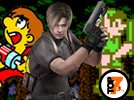
For better or worse, these games dared to defy tradition and struck out on their own
